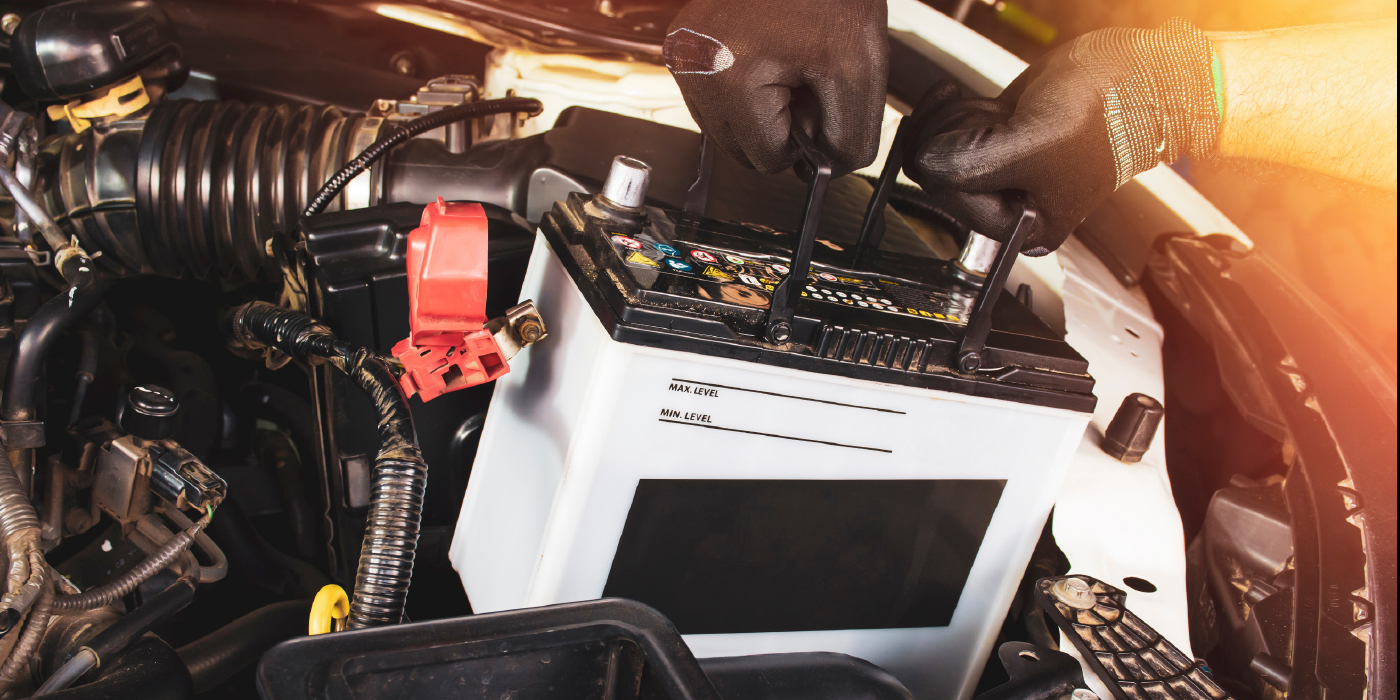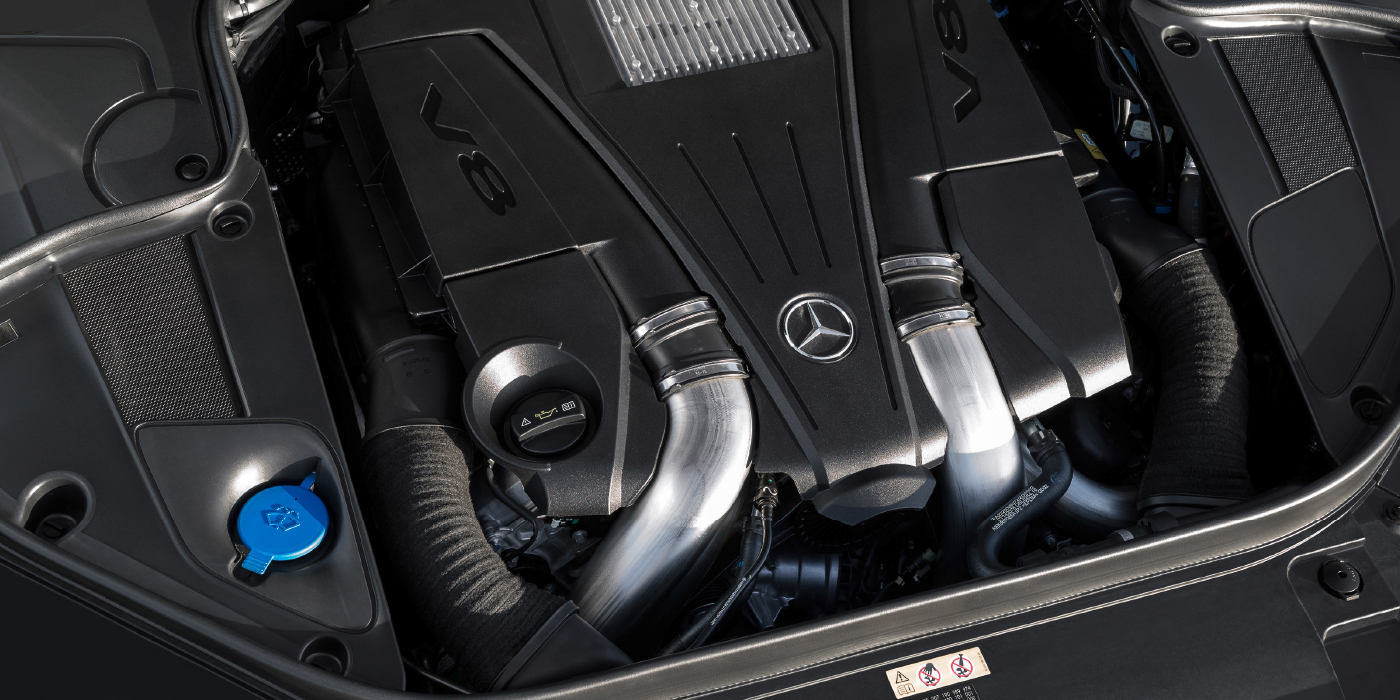Remember the good old days of battery and alternator testing? With just a multimeter you could test if the alternator was charging and if the battery had a decent state of charge. On most late-model vehicles, the battery and alternator are managed together to minimize the load on the engine to boost fuel economy.
Today, it requires more than just a multimeter to diagnose the battery and alternator. You should be using a battery test that can measure capacitance and a scan to observe if the alternator should be charging. Here are six tips to use when diagnosing a vehicle with a dead battery.
#1 One Test Is Not Enough
If only battery voltage is present at the battery on a running engine, does this mean the alternator is “bad?” No, it does not. It only means that the alternator is not charging, but does not reveal why. Therefore, it does not indicate a faulty alternator. All too often the alternator is condemned by technicians due to this test alone. Since the battery and alternator work together as a system, you will need to test the battery with a tester and a scan tool to check for codes and commanded voltage.
#2 Look It Up
For some, it’s normal to see as high as 15.1 volts for long periods at a time. For others, it’s normal to see as low as 13 volts. For some, a constant 13.6 volts is an indication of a problem. Still yet, it’s perfectly normal for others to see the alternator not charge at all intermittently to boost fuel economy. Take the time to look at the service information and test with a scan tool to see if the ECM is in control of the alternator.
#3 Extra Grounds, Extra Trouble (Codes)
It is a bad practice to use the positive and negative battery terminals to power aftermarket accessories on some vehicles. These can change the internal resistance of the battery. Extra connections can cause the battery to incorrectly report the state of discharge, despite a normal battery condition. This can cause the battery to be overcharged and/or codes to be set that may cause the charging light on the instrument cluster to illuminate. You might have to remove the extra items and test again.
#4 Alternator Communication Lost
If communications were lost between the PCM and alternator, the PCM would turn on the battery light, but the regulator would still charge the alternator at about 13.6 volts. The PCM would set a trouble code relating to that loss of communication. Imagine trying to diagnose a battery light that doesn’t appear to have any reason to be on. That is, it doesn’t appear to have a valid reason until a scanner is added to the testing.
#5 Milliamps, Not Amps
On many vehicles, the PCM is controlling the duty cycle of the alternator. It is controlling the amps and voltages in finer and faster increments than can be measured by a meter so that the current is supplied in a more efficient manner. These changes might be just 10 milliamps. You cannot afford a mediocre connection at the terminals.
#6 Temperature Matters
The battery is a chemical reaction. Temperature of the reaction between the plates and electrolyte matters in how the battery charges and discharges. Some vehicles will use a temperature sensor on the battery. Other vehicles will use the ambient temperature or the underhood temperature reading measured by a sensor inside the ECM. If you run into a vehicle that is undercharging the battery, look for temperature-related data PIDs using your scan tool. When these sensors fail, they typically produce data that is way too hot or cold for the conditions.














